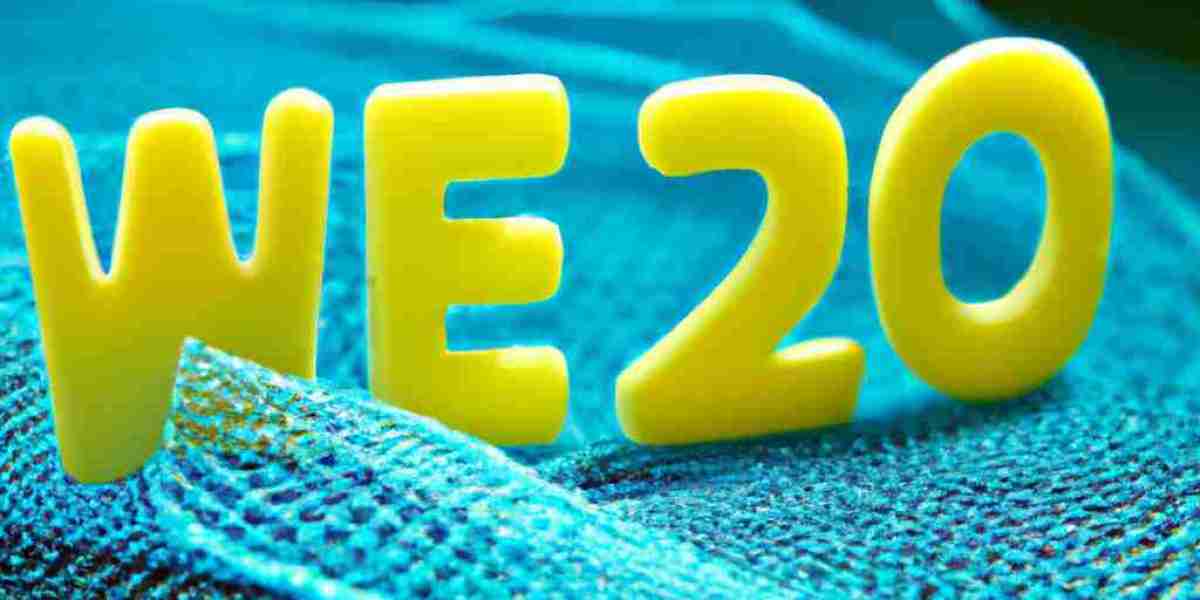What Is Web 3.0
Web 3.0, also known as the Semantic Web, refers to the future evolution of the World Wide Web, where information is organized in a structured and machine-readable format, enabling computers to better understand and interpret data. It aims to enhance the user experience by offering more intelligent and personalized online interactions, as well as improving efficiency in various sectors like commerce, healthcare, education, and more.
Key Features of Web 3.0
Web 3.0 introduces several defining features that differentiate it from its predecessor (Web 2.0):
- Semantic Web: Web 3.0 utilizes a semantic framework to enable machines to understand and interpret human-readable information. This allows for more efficient searching, smarter recommendations, and personalized experiences.
- Artificial Intelligence (AI): Web 3.0 leverages AI technologies to provide intelligent and context-aware services. It enables smart virtual assistants, chatbots, and recommendation systems to automate tasks and enhance user experiences.
- Internet of Things (IoT): Web 3.0 integrates IoT devices that can generate and share data seamlessly. This enables smarter home automation, connected transportation, and more efficient monitoring and control in various industries.
- Decentralization: Web 3.0 embraces decentralized technologies, such as blockchain, to remove intermediaries, enhance privacy, and provide more control to users over their data and digital identities.
The Impact of Web 3.0
Web 3.0 has the potential to revolutionize various industries and aspects of our lives:
- E-commerce: Web 3.0 can offer highly personalized and intelligent shopping experiences. AI-powered chatbots can assist customers throughout their journey, while blockchain technology can enable secure and transparent transactions.
- Healthcare: Web 3.0 can improve medical research and patient care. It enables interoperability between healthcare systems, AI-based diagnosis, and securely sharing patient data while maintaining privacy.
- Education: Web 3.0 can enhance personalized learning experiences with adaptive and intelligent educational platforms. It enables interactive and immersive content, tailored learning paths, and global collaborative learning environments.
- Finance: Web 3.0 brings decentralized finance (DeFi) applications powered by blockchain technology. It allows for peer-to-peer transactions, programmable smart contracts, and increased financial inclusion for underserved populations.
Challenges and Considerations
While Web 3.0 holds great promise, there are several challenges and considerations to address, including:
- Privacy and Security: With increased data sharing and connectivity, protecting user privacy and ensuring security becomes crucial. Striking a balance between data utilization and individual rights is essential.
- Standards and Interoperability: Achieving a seamless integration of various platforms and technologies is vital for the success of Web 3.0. Establishing common standards and protocols is necessary to enable interoperability.
- Education and Adoption: Educating individuals and organizations about the benefits and potential risks of Web 3.0 is crucial to drive widespread adoption. Promoting digital literacy and understanding among users is key.
Conclusion
Web 3.0 represents the next phase in the evolution of the internet, bringing improved data organization, AI-driven experiences, decentralized technologies, and enhanced efficiency across various sectors. Embracing Web 3.0 offers exciting possibilities for a smarter, more interconnected, and personalized digital future.







